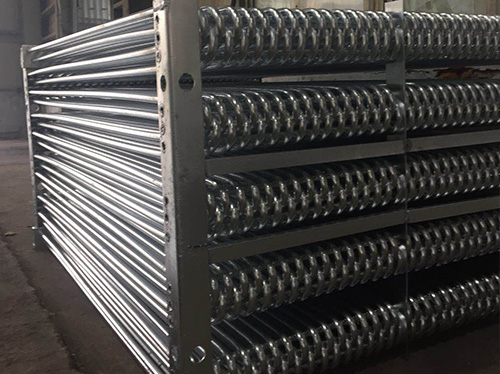
Anshan yongfeng hot galvanizing co. LTD
Marketing: 15040762557
Customer service hotline: 0412-848267
Company email: 1123927151@qq.com
Company website: www.xdqplus.com
Company address: anqi road 34, dadao bend industrial park, anshan city
Hot galvanization and cold galvanization differ is: hot galvanization is chemical treatment, belong to electrochemical reaction. Cold galvanizing is physical treatment, only a layer of zinc on the surface, so the zinc layer is easy to fall off. Hot galvanizing is often used in construction.
Zinc is called amphoteric metal because it dissolves easily in acids and bases. Zinc changes little in dry air. In humid air, the surface of zinc can form a dense, basic zinc carbonate film.
In oceanic atmosphere, sulfur dioxide, hydrogen sulfide, and poor corrosion resistance of zinc, especially in high temperature and high humidity atmosphere containing organic acid, zinc plating are also known as hot dip galvanized, hot dip galvanized it is melting at high temperature the zinc ingots, in add a few auxiliary material, and then immerse metal structure in the zinc bath, attached to a layer of zinc layer on metal components.
The advantage of hot galvanizing lies in its strong antisepsis ability, the adhesion of galvanizing layer and hardness are better. Cold galvanizing is physical treatment, just brush a zinc in the surface, so zinc layer falls off easily. Hot galvanizing is often used in construction. Continuous hot galvanizing process: steel - heating - cooling to galvanizing temperature - galvanizing - cooling.
Galvanizing is to remove the workpiece oily, pickling, immerse medicine, dry after immersing in the zinc liquid that melts certain time, take out can. The environmental problem of hot-dip galvanization is less.
Cold galvanizing, also known as electrogalvanizing, is an electrochemical principle to carry on the workpiece surface anti-corrosion treatment of a process. Cold galvanizing is to use the electrolytic equipment to put the workpiece into the solution of zinc salt after deoiling and pickling, and connect the negative pole of the electrolytic equipment. On the opposite side of the workpiece, a zinc plate is placed to connect the positive electrode of the electrolytic equipment, which is connected to the power supply, and a layer of zinc is deposited on the workpiece by the directional movement of current from the positive electrode to the negative electrode.
The pollutants of cold galvanization mainly include the waste acid of pickling workpiece, electroplating waste liquid, waste passivation liquid and so on. Cold galvanization of the pollutant discharge type and quantity greatly exceed hot galvanization.
